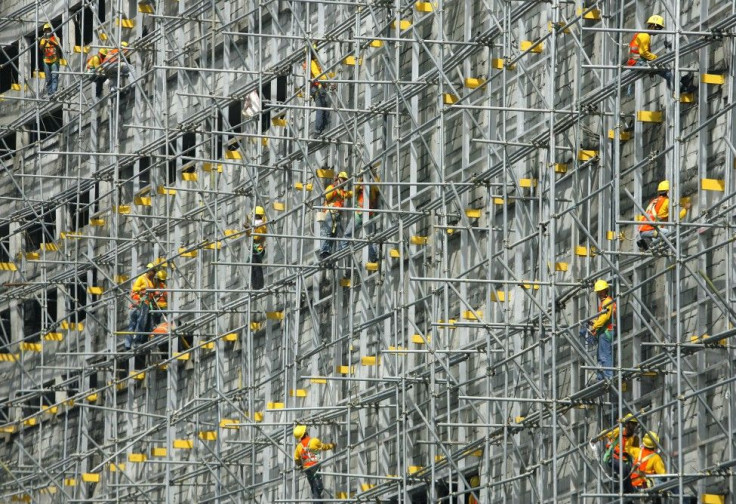The Philippines' Economy Expanded More Than China's, Saw Robust Industrial Activity And Stronger Domestic Consumption

Fueled by lower borrowing costs and strong domestic consumption, the Philippines reported on Thursday that its economy grew a whopping 7.8 percent in the first quarter compared to last year, and 2.2 percent compared to the previous quarter, edging past China’s 7.7 percent year-over-year growth and 1.6 percent growth quarter-to-quarter.
So what’s going on? First, Standard & Poor's was the second debt agency this year to give the country investment grade status. In March, Fitch give the country its first investment grade, from BBB minus to BB plus, an important development that raises confidence, lowers the cost of borrowing and spurs much-needed foreign direct investment in an impoverished country of 98 million. The country reported an unemployment rate of 7.1 percent in March, one of the highest in Asia, according to CNA.
"We may now be moving along a new growth trajectory," said economic planning chief Arsenio Balisacan, according to Reuters.
Second, capital formation -- the accumulation of capital stock, such as equipment, buildings and other goods handled by the labor force -- jumped more than 47 percent, and public construction rose nearly 46 percent. Manufacturing in the country has shrugged off a global slowdown, rising almost 10 percent in the first quarter.
Third, the Pinoy workforce is considered high-quality relative to those of other developing markets in the region. Says the Financial Times:
When B/E Aerospace, the U.S.-based maker of aircraft cabin interior parts, was looking to build its first factory outside its home market of Europe, it did not look a lot further than the Philippines. The decision hinged largely on the quality of the Filipino labour force, but also, the company discovered, the move gave them access to a budding domestic industry of potential parts suppliers.
Bangko Sentral ng Pilipinas (BSP), the country’s central bank, will meet again on June 13 to assess the economic situation, but it has said there’s little threat that inflation will harm growth in the near future. The government is aiming for growth of between 6 percent and 7 percent for the year.
© Copyright IBTimes 2024. All rights reserved.






















